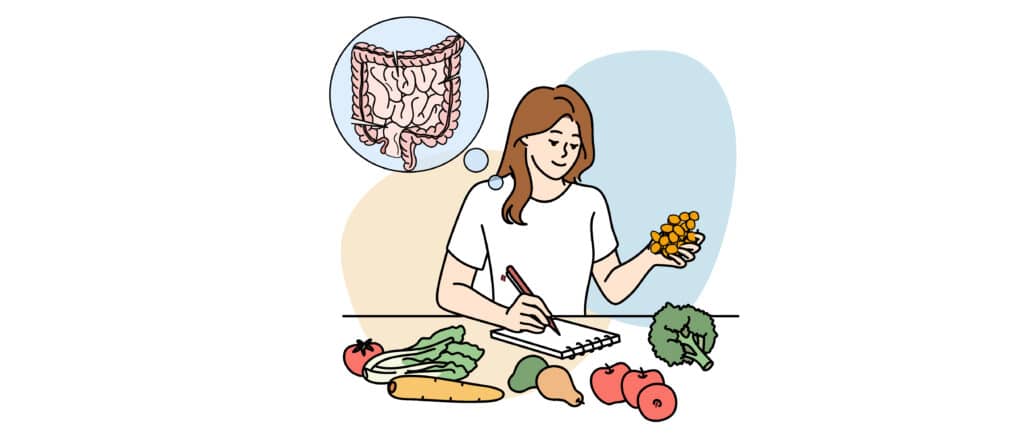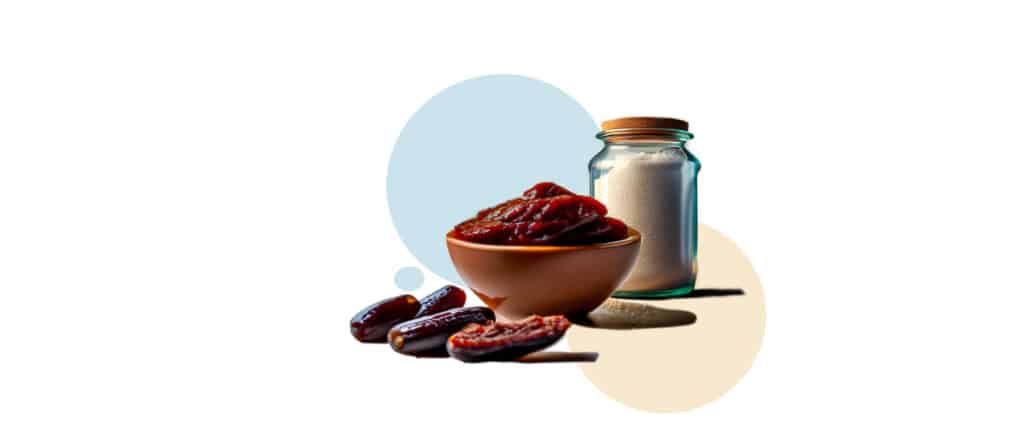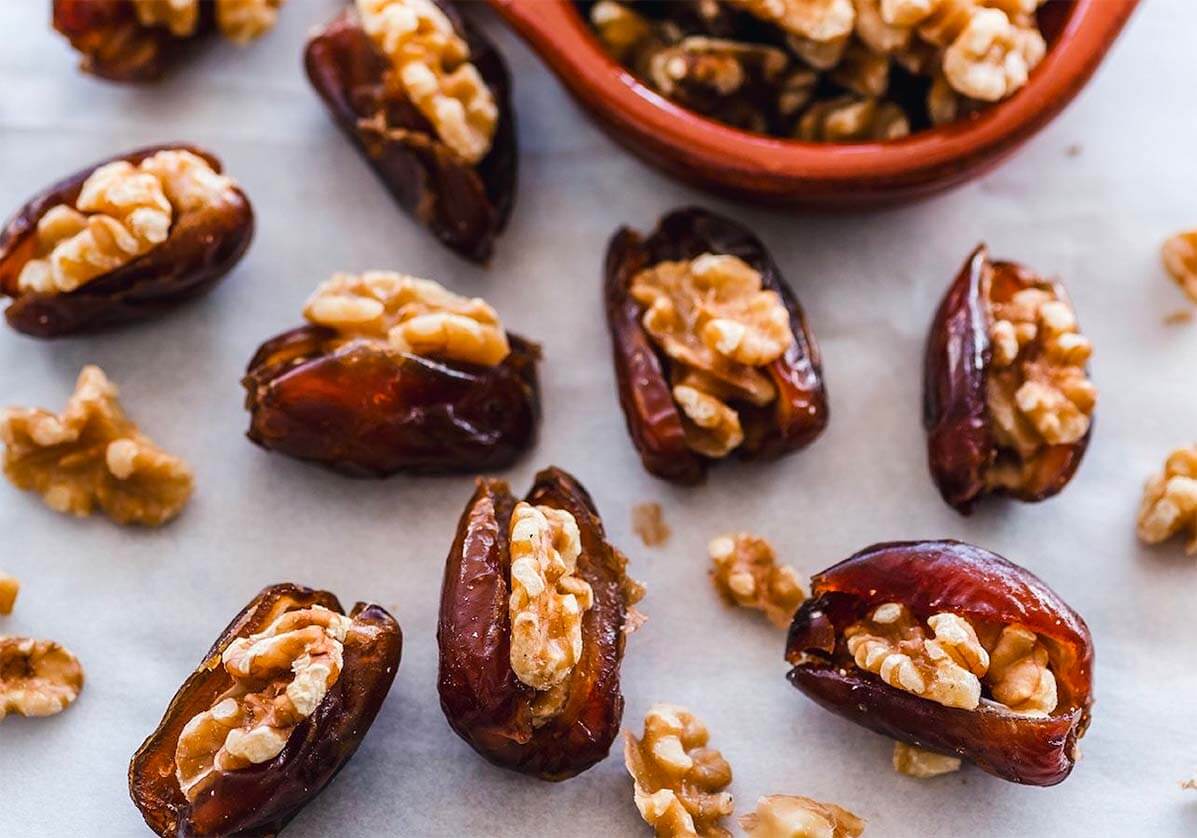Dietary Patterns for Getting in Shape
- Starting to get into a regular exercise routine and dietary patterns is a great way to improve your health.
- It can be difficult to know what to eat to properly fuel your body for your workouts.
- Carbohydrates, proteins, and water are nutrients to have to get in shape.
Diet plays an important role in controlling weight and muscle mass. It also helps provide energy for workouts. Exercise has been shown to provide many health benefits. This is true both physically and mentally. Studies have shown that it can help to promote weight loss. It may also help prevent premature death and several chronic health conditions. These conditions include cardiovascular disease and diabetes. Exercise has also been shown to help improve mood and reduce feelings of anger or sadness.
There are many different types of exercise. It includes cardio, weight training, and interval training (sometimes called HIIT). HIIT refers to high-intensity interval training, which is a burst of short intense training coupled with a recovery period. No matter the type of exercise you choose to do, it is important to eat the proper foods and amount of calories. Eating the right amount of calories, protein, and carbohydrates is important. It will help you perform your best and recover for your next workout.
Dietary Patterns for Fitness – Carbohydrates
During exercise, we use up our glycogen stores as our first source of energy. Glycogen is a storage molecule for glucose or carbohydrates. After exercise, these become depleted. In order to reload these stores, we need to consume enough carbohydrates. This will help us properly recover for the next day. Not consuming enough carbohydrates after a workout is not a good idea. It can cause fatigue and suboptimal performance.
The amount of carbohydrates you need after exercise depends greatly. It is mainly based on the type, length, and intensity of your workout. Additionally, it depends on your own weight. As a general rule of thumb, we recommend consuming between 0.5 and 0.7 grams of carbohydrates per pound of body weight. It is best to have this within 30-60 minutes after the workout. This is because of your body’s ability to replenish glycogen stores. It is significantly heightened after a workout.
There are a number of sources of carbohydrates you can have after exercise. Fruit, grains, vegetables, and dairy are all good examples. Consuming simple carbohydrates, like those found in fruits, may be the most important kind of post-workout fuel. This will help raise your blood sugar and replenish your glycogen stores.
Dates are fruits commonly consumed by athletes before and after training. This is because they are rich in micronutrients, sugars, and antioxidants. The antioxidants found in dates may also help to prevent fatigue. It also helps you avoid illnesses that can slow down recovery. Consuming five dates after your workout provides you about 90 grams of carbohydrates. For reference, this is approximately the amount of carbohydrates needed for a 150-pound person.
Dietary Patterns for Fitness – Protein
In addition to carbohydrates, eating protein is a crucial component when it comes to exercise nutrition. This is because exercise causes tiny tears to form in our muscles. This can cause muscle breakdown if we don’t fuel our bodies properly after. Eating the right amount of protein after your workout helps to rebuild, repair, and grow your muscles!
The amount of protein we need depends on our body weight and our workout. That being said, eating about 30 to 40 grams of protein right after your workout has shown to maximize benefits. Some studies have also shown that eating protein before exercise can also be beneficial. The average person needs about 0.8 grams of protein per kilogram of body weight per day. However, athletes often need more than this. Daily requirements of protein for weight training may be as high as 2.0 grams per kilogram of body weight.
There are many different sources of dietary protein. These include both animal and plant sources. Eggs, low-fat dairy, and lean meats (like chicken breast) are all good sources of lean protein. If you prefer plant food sources, you can still meet your protein requirements. Excellent sources of plant protein include whole grains, nuts, and seeds. You may also opt to eat peas or pea protein and soy products.
Fitness Water Tips
Lastly, water is an extremely important part of a healthy diet. Dehydration can cause fatigue and poor athletic performance. While water requirements will vary from person to person, consuming water before and after your workouts is very important. For exercise, The American Council on Exercise recommends that you drink:
- 17-20 ounces of fluid, 2 to 3 hours before working out
- An additional 8 ounces, 20 to 30 minutes before starting your workout
- 7-10 ounces, every 10 to 20 minutes while exercising
- 8 ounces post-workout
Starting a workout routine can be hard. There is a lot of conflicting information on what to eat to best fuel your body. Having a diet that is rich in carbohydrates is a great way to replenish the nutrients used during workouts. We recommend eating simple carbohydrates like fruits after your workouts. Dates are a great example of fruits that are full of nutrients that your body needs to recover.
Protein and water are two other important nutrients. We must also focus on getting enough of them if we are working out. Consuming protein before and after your workout can help maximize the benefits of your exercise. You must also make sure to regularly hydrate. Water is needed before, after, and possibly during exercise. This depends on the length and intensity of your workout. Following these guidelines can help fuel your body for better, longer workouts!
Summary
What we eat plays a major role in our weight, muscle mass, and energy levels. Proper energy levels can be important for successful workouts. Exercising is an important part of a healthy daily routine. Fueling your body with the right amounts of carbohydrates is very important. Getting enough proteins and water can help to maximize the benefits of your exercise. It also speeds up recovery. Consuming a mix of these nutrients before and after your workouts can help you to succeed on your fitness journey.









